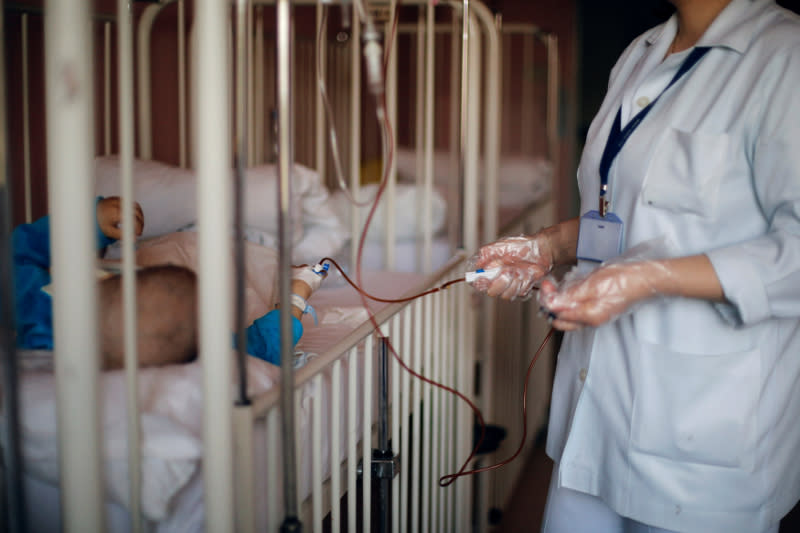Why the long wait at emergency and trauma units? Patient overflow, staff and medical equipment shortage

KUALA LUMPUR, Oct 14 — Some patients seeking treatment at the Emergency and Trauma Department (ETD) of hospitals in the country are forced to wait longer due to a lack of medical equipment and limited space, as revealed by the National Audit Department.
The findings by the Auditor-General’s Report 2018 Series 1 on the activities of federal ministries, agencies, and statutory bodies indicated that although all patients seeking treatment at ETDs eventually receive it, these shortcomings affect the departments’ ability to provide fast and accurate emergency services.
“It should be noted that there has been an increase of patients in the ETDs, especially for non-emergency cases. In addition, other constraints faced include high task loads and the incapacity of the ICT systems used by the departments,” read the report.
From 2015 to 2017, approximately 24.1 million people sought treatment at ETDs in hospitals nationwide. Of this, 38.1 to 38.9 per cent were from outpatient visits. In total, the number of outpatients seeking treatment at hospitals in Malaysia during this period amounted to 62.6 million people.
The Auditor-General’s findings include the number of patients, between 5.7 per cent to 95.6 per cent, who exceed the set Level of Care and resulted in ETD congestion. 58.7 to 74.5 per cent of ETD patients were treated within four to six hours.
“The audit also discovered 917 cases of access block, where patients could not be transferred to medical wards. For Medical Emergency Coordinating Centres’ key performance indicators (KPI) in determining the priority of cases, it did not reach the set standards.
“Based on the Workload Indicators of Staffing Need 2010 calculation, overall ETDs face a lack of available personnel of 11.6 to 53.1 per cent less than what is required. For emergency specialists, this lack of personnel is between 75.6 to 79.5 per cent, for medical officers it is 41.2 to 64.6 per cent, for assistant medical officers it is 2.6 to 33.9 per cent, and for trained nurses it is 17.4 to 67.1 per cent,” the report said.
ETDs are also forced to prepare anywhere between eight to 50 units, or two to five times more, sofas or beds since the number of readily available ones in its critical, partially-critical, and non-critical zones cannot accommodate the increasing number of patients seeking treatment.
“Of the necessary medical equipment on standby per the Emergency Medicine and Trauma Services Policy, ETDs lack at least 108, or 50.9 per cent, of the 212 equipment types.
“The audit also found out the utilisation of the ICT systems has reached optimum levels, and the computer equipment provided is insufficient,” said the report.
The Auditor-General made five recommendations to address the weaknesses and ensure emergency and trauma services achieve the set objectives, starting with the Health Ministry.
“The ministry needs to create co-ordination and integration among hospitals with public and private health clinics. This will strengthen pre-hospital services as a specific institution to prepare comprehensive and integrated health services, as well as ensure equality when dividing the management of cases.
“The Public Services Department should consider granting exemptions to the ministry in implementing the Human Resources Optimisation Policy, via job reductions by one per cent. To this, the ministry should also be given additional personnel to overcome the problem of insufficient health staff including emergency specialists, instead of increasing their workload,” the report said.
The Health Ministry was also recommended to co-operate with the Finance Ministry in considering more comprehensive methods of dealing with insufficient facilities such as through outsourcing or leasing, so that emergency services can be improved and government expenditure can be reduced.
“The ministry needs to prioritise infrastructural and ICT capabilities, so as not to disrupt the efficiency of emergency services, particularly in terms of data management and rapid decision-making,” concluded the report.
Related Articles Federal auditors would have sniffed out money transfers to Good Star with access to 1MDB books, court told Time to get the basics right! — Ashvin Khorana No service tax so private hospitals can lower treatment cost, says Guan Eng



